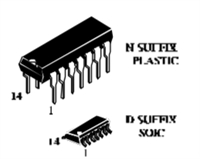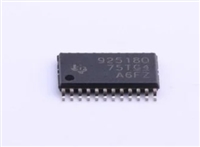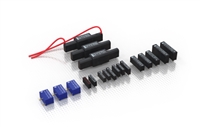| 型号 | 品牌 | 获取价格 | 描述 | 数据表 |
| AD79841 | ADI |
获取价格 |
14-Bit, 500 kSPS PulSAR ADC in MSOP |

|
| AD7984BCPZ | ADI |
获取价格 |
18-Bit, 1.33 MSPS PulSAR 10.5 mW ADC in MSOP/QFN |

|
| AD7984BCPZ-RL | ADI |
获取价格 |
18-Bit, 1.33 MSPS PulSAR 10.5 mW ADC in MSOP/QFN |

|
| AD7984BCPZ-RL7 | ADI |
获取价格 |
18-Bit, 1.33 MSPS PulSAR 10.5 mW ADC in MSOP/QFN |

|
| AD7984BRMZ | ADI |
获取价格 |
18-Bit, 1.33 MSPS PulSAR 10.5 mW ADC in MSOP/QFN |

|
| AD7984BRMZ-RL7 | ADI |
获取价格 |
18-Bit, 1.33 MSPS PulSAR 10.5 mW ADC in MSOP/QFN |

|
| AD7985 | ADI |
获取价格 |
16-Bit, 2.5 MSPS, PulSAR 15.5 mW ADC in LFCSP |

|
| AD7985BCPZ | ADI |
获取价格 |
16-Bit, 2.5 MSPS, PulSAR 15.5 mW ADC in LFCSP |

|
| AD7985BCPZ-RL7 | ADI |
获取价格 |
16-Bit, 2.5 MSPS, PulSAR 15.5 mW ADC in LFCSP |

|
| AD7986 | ADI |
获取价格 |
1 nV/√Hz, Low Power |

|
 SL74HC10N:高性能三输入与非门解析
SL74HC10N:高性能三输入与非门解析

 AIC1781A 电池充电控制器深度解析
AIC1781A 电池充电控制器深度解析

 Pickering新高压舌簧继电器亮相汽车测试博览会
Pickering新高压舌簧继电器亮相汽车测试博览会

 采用MCU+MPU双处理器架构实现的创新应用设计探索
采用MCU+MPU双处理器架构实现的创新应用设计探索
